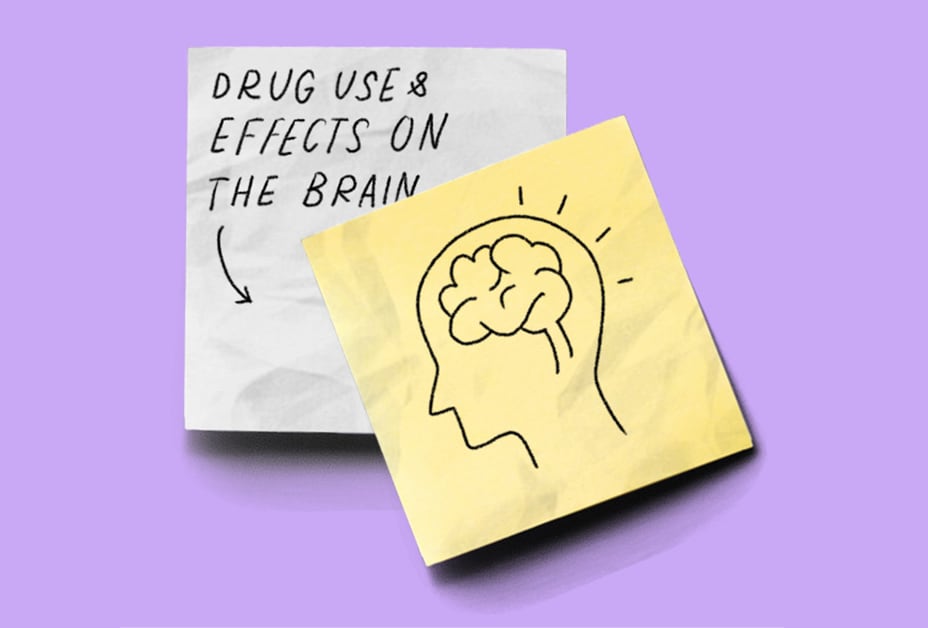Substance Use Disorders (SUDs)
[səbstəns] [yooz] [dis-or-dr]

According to the 2020 National Survey on Drug Use and Health (NSDUH), 40.3 million Americans, aged 12 or older, had a substance use disorder (SUD) in the past year. Substance use disorders continue to be an important health issue in our country.
Substance Use Disorders (SUDs) are treatable, chronic diseases characterized by a problematic pattern of use of a substance or substances leading to impairments in health, social function, and control over substance use. It is a cluster of cognitive, behavioral, and physiological symptoms indicating that the individual continues using the substance despite harmful consequences. Patterns of symptoms resulting from substance use (drugs or alcohol) can help a doctor diagnose a person with a SUD or SUDs. SUDs can range in severity from mild to severe and can affect people of any race, gender, income level, or social class.
Key Facts
- SUDs are treatable, chronic diseases that can affect anyone – regardless of race, gender, income level, or social class.
- One in seven Americans aged 12 or older reports experiencing a SUD.
- SUD diagnosis can be applied to the following classes of drugs: alcohol; cannabis; hallucinogens; inhalants; opioids; sedatives, hypnotics, or anxiolytics; stimulants; tobacco (nicotine); and other (or unknown) substances.
- SUDs can lead to significant problems in all aspects of a person’s life including in their work, school, or home life
- Coordinated care is critical in treating anyone with a SUD to achieve positive outcomes. Coordinating treatment for comorbidities, including mental health conditions, is an important part of treating a SUD.
Media
Prevention Tips
- Education, awareness and recognizing the signs of someone who may have a SUD can help prevent adverse consequences and even save a life.
- Be supportive. If you think you or someone you know needs help for substance use, talk to family members, friends, or a healthcare professional. Everyone can play a role to help their loved ones recover.
- Reduce stigma with simple changes in your language. Stigma can affect an individual’s willingness to seek treatment or talk to a healthcare provider about their substance use.
- Recognize that people with SUDs may have other medical conditions, including mental health disorders, and should follow up with their physician on treatment options. For example, medications are available to treat mental health disorders, such as depression or anxiety, that may co-occur with a SUD.



